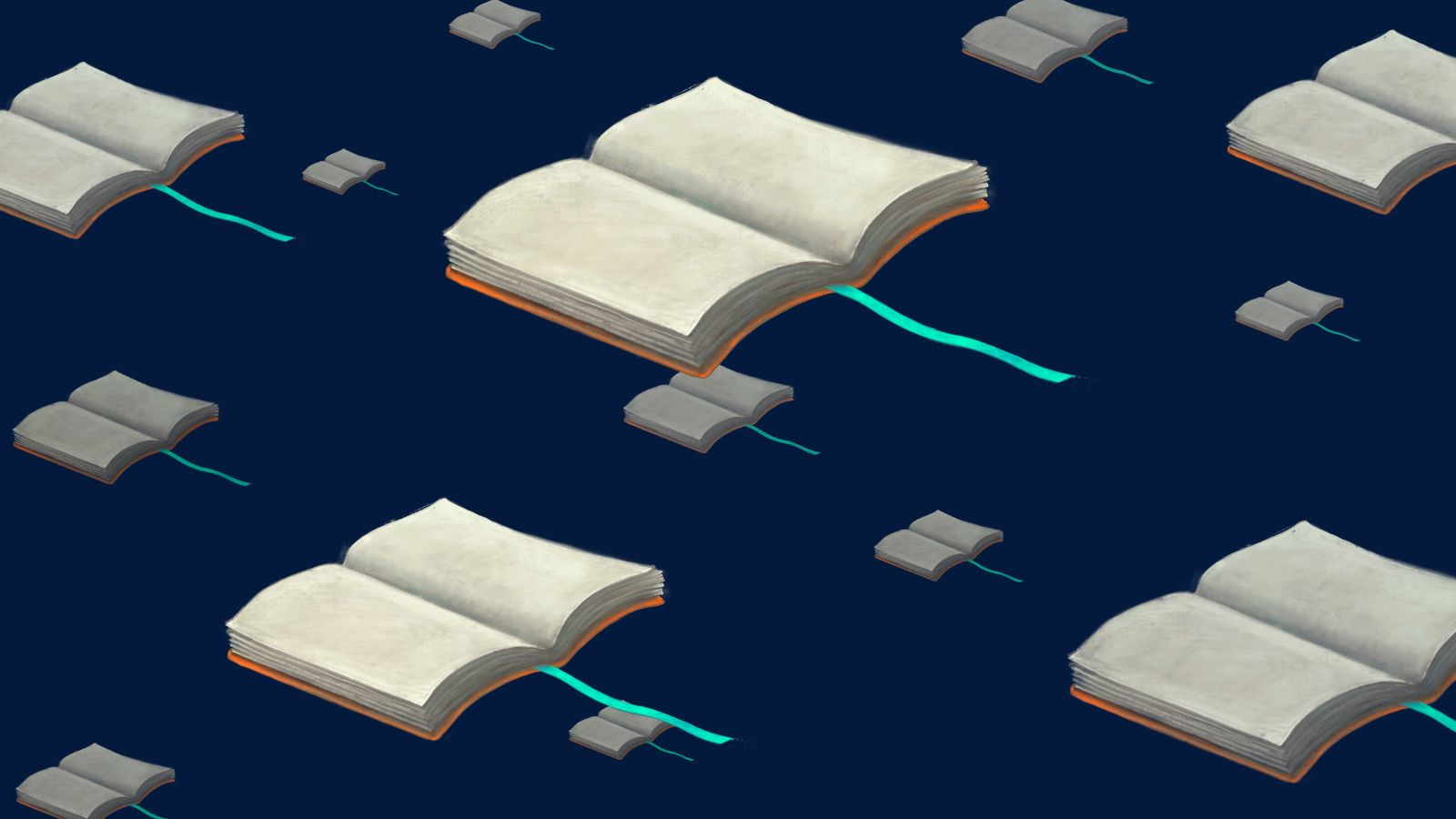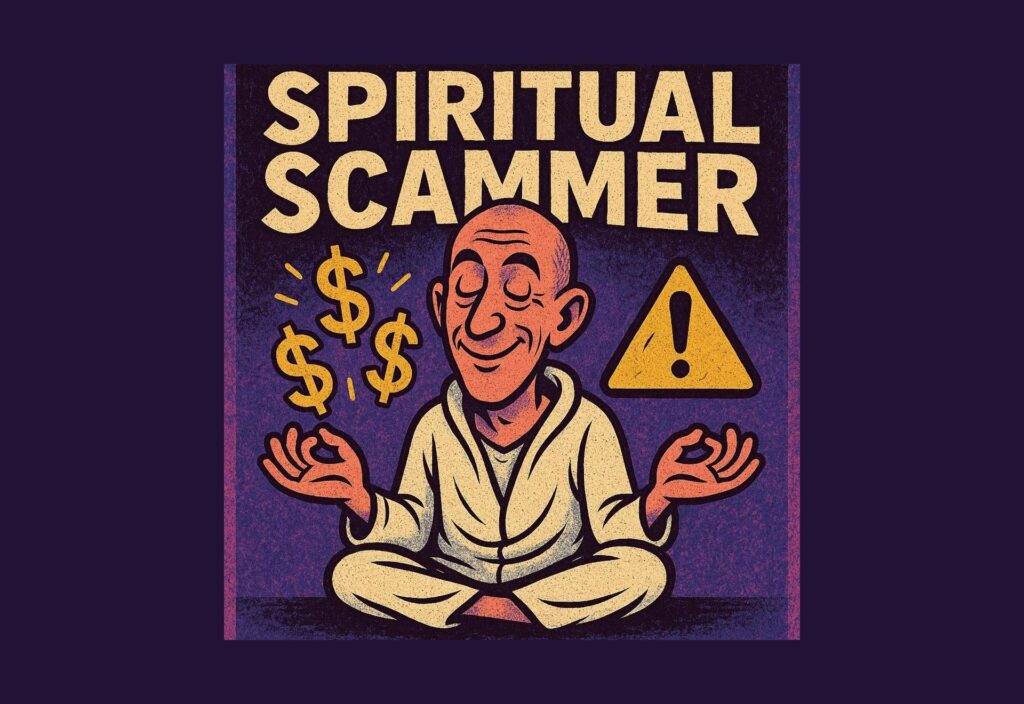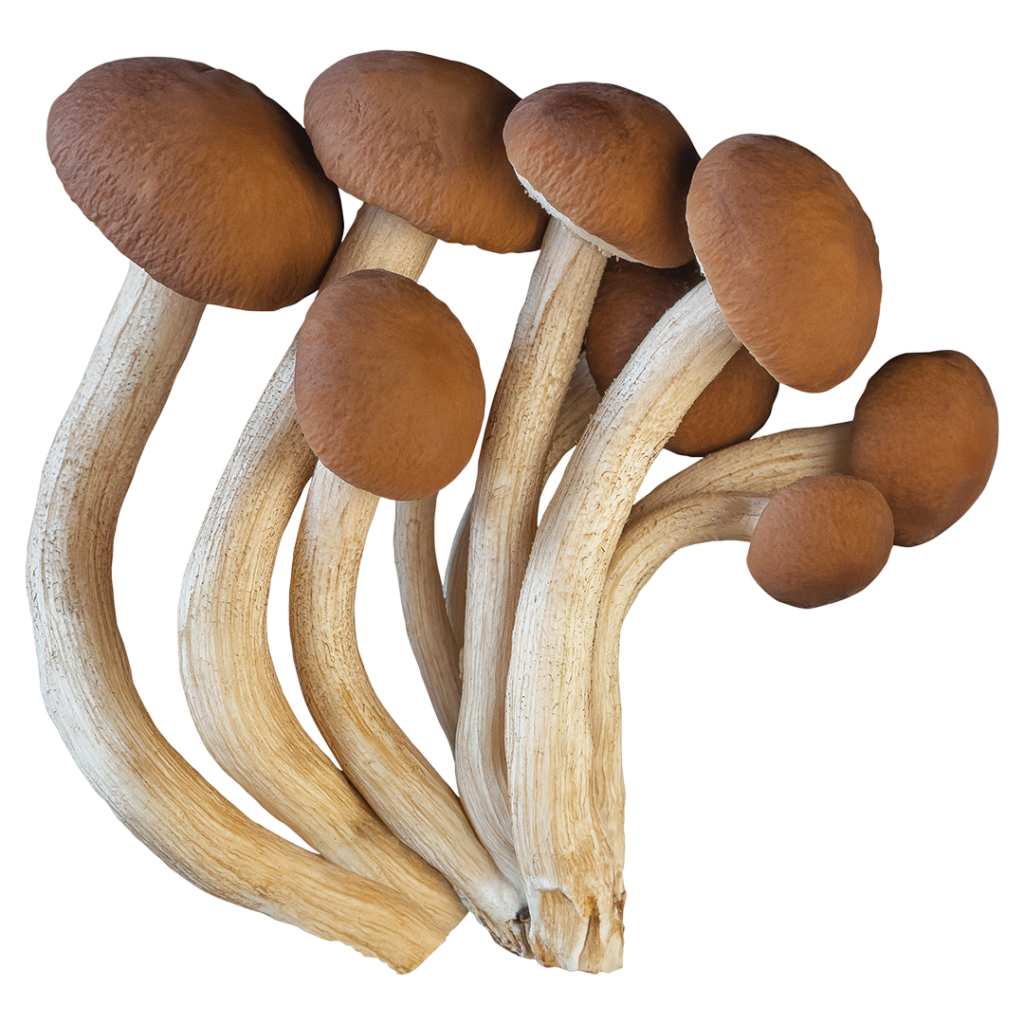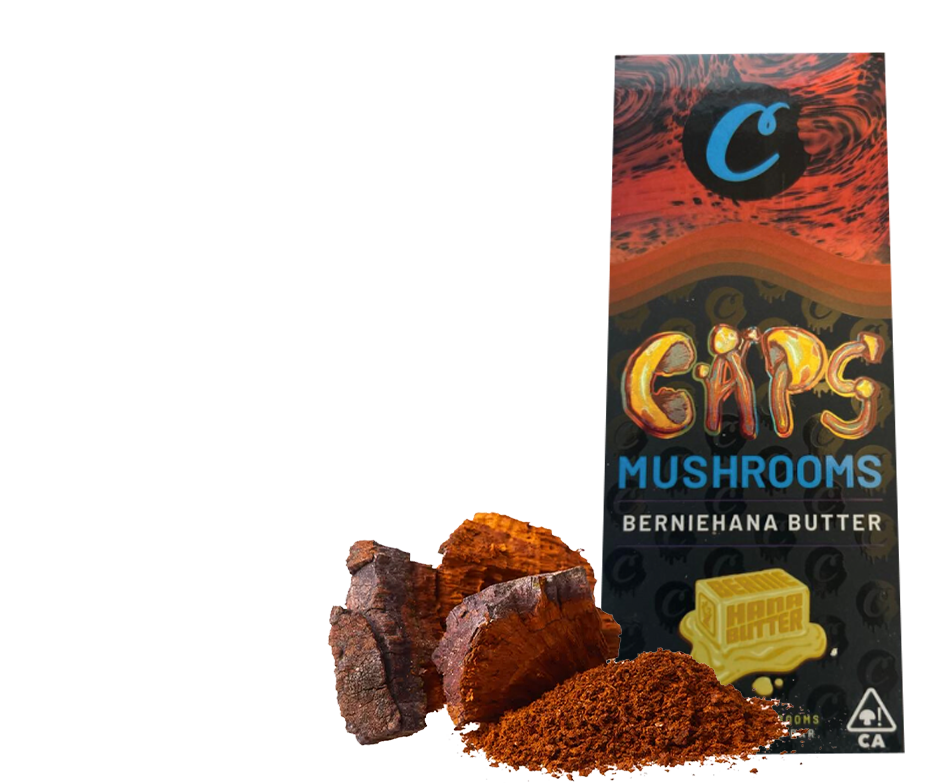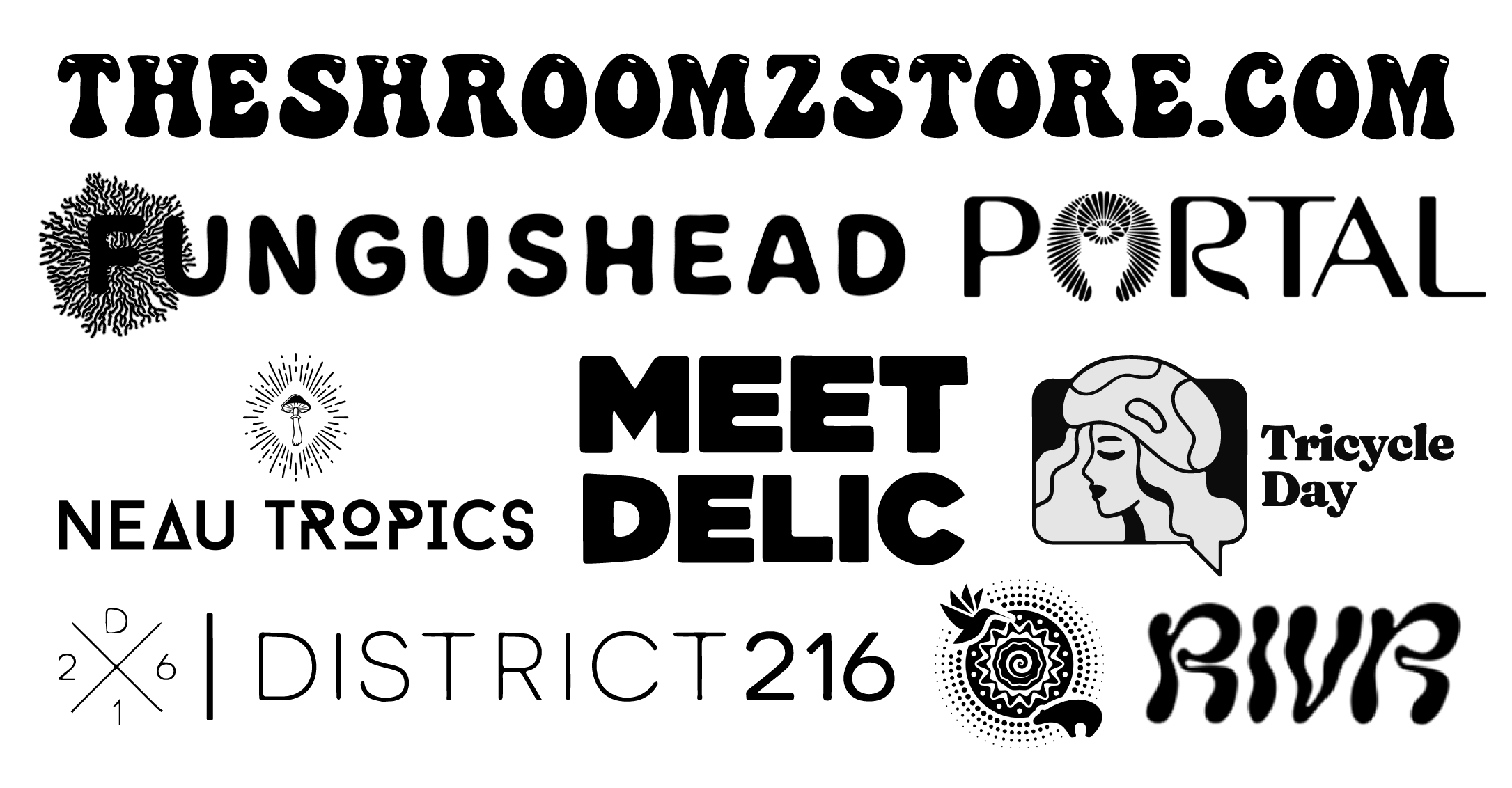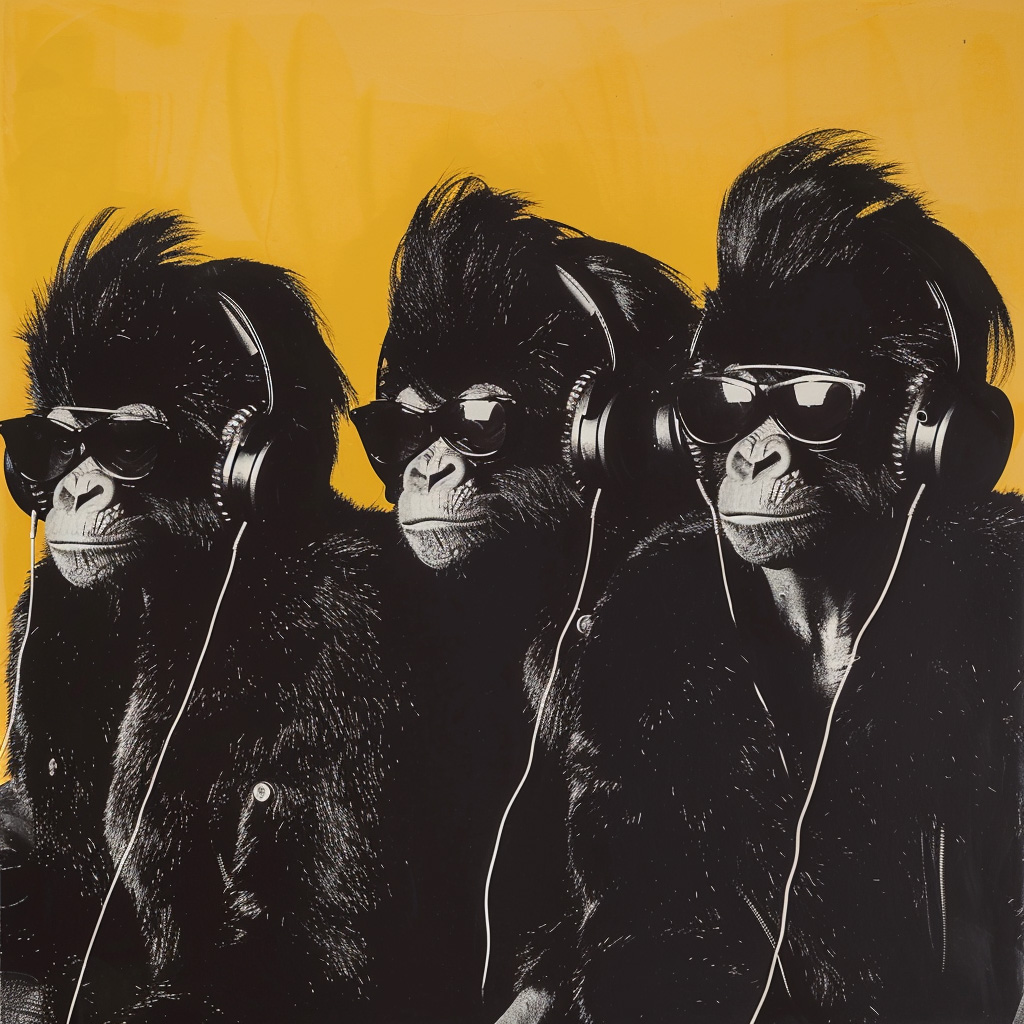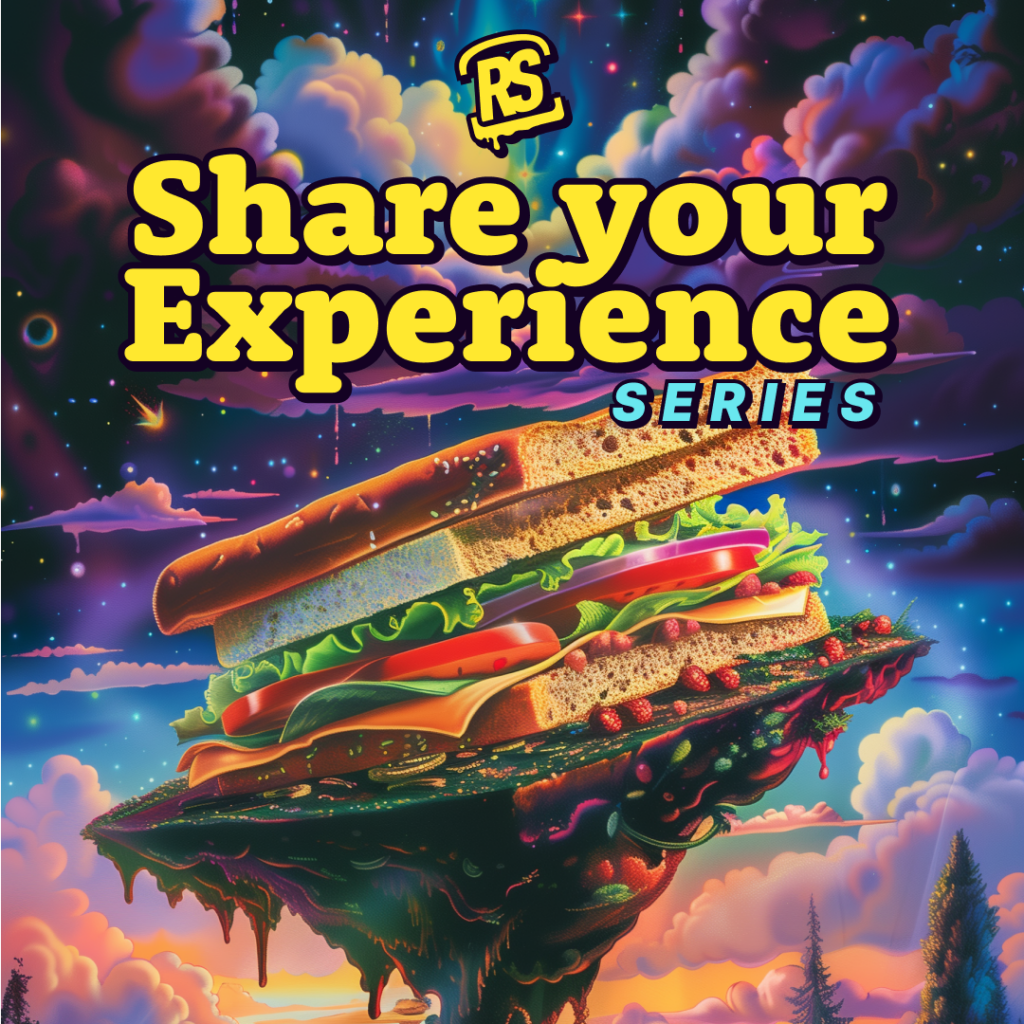As a professional counselor, I’ve helped a number of people prepare for psychedelic journeys. The kinds of journeys people seek my help with take place at ayahuasca retreats or in individual psilocybin sessions with a therapist. These substances, ayahuasca and psilocybin, are classified as Tryptamines and occur naturally in specific plants.
These days, in the middle of the psychedelic renaissance, I find most people come to me informed. Sometimes ridiculously informed. They read Michael Pollen’s book, How to Change Your Mind. They revisit old classics like Doors of Perception by Aldous Huxley or The Yage Letters by William Burroughs.
They know Tryptamines will challenge them psychologically. They read No Bad Parts by Richard Swartz or In the Realm of Hungry Ghosts by Gabor Mate. They watch YouTube videos that describe the Altered States of Consciousness Scale. They learn about the founding fathers of the psychedelic movement, individuals like Timothy Leary and Stan Grof. They watch TED talks. They listen to podcasts. They subscribe to the Multidisciplinary Association of Psychedelic Studies’ newsletter and thus receive information about political developments that relate to the research and legalization of psychoactive substances.

Information Doesn’t Equal Readiness
Whew! That’s a lot of information, which makes my job a lot easier. But it doesn’t make people ready to experience psychoactive substances. Stan Grof described psychedelics as non-specific amplifiers (Grof, 1970). What Grof wanted to accentuate by using this term is the absolute unpredictability of psychedelics.
We have no way of knowing what aspects of our inner reality or outer reality will be enhanced or distorted when we ingest ayahuasca or psilocybin. Nor do we know how we will react to these amplifications when we are in the middle of them.
The first thing I do with people who want to prepare for the use of Tryptamines therapeutically is teach them how to work with night dreams. Viewed from the analytic tradition of depth psychology, night dreams are naturally occurring non-specific amplifiers. All of my clients have encountered bizarre psychic formations in their dreams.
They have encountered aliens; been chased by zombies; confessed to murders they know they didn’t commit. In dreams, they re-enter their childhood homes and discover rooms they’ve never seen before; they get a chance to say goodbye to people who have died; and sometimes, they can telecommunicate, see through walls, or travel back in time.

Dreams as Practice Grounds for Psychedelic States
Dreams and psychedelic experiences have a lot in common. They both seem to be made from material that belongs to us personally, such as sensations in our body or specific scenes from childhood. But both are also made from material outside of our actual lived experiences. We may encounter Aztec gods with whom we have no experience or encounter a devastated, Apocalyptic landscape that we’ve never seen nor wish to see.
The ability to tolerate this fusion of the personal and the imaginal is a necessary skill for the individual who wants to benefit from a psychedelic experience therapeutically. Furthermore, it is essential to learn how to construct meaning from these formations, accepting them as a language designed to help us advance in our psychological and spiritual development (Aixala, 2022).
Here is a simple example:
A man wanted my help recently to prepare for an ayahuasca retreat in Peru. I requested that he bring a recent dream to our first session to help us learn what was already being amplified in his psyche. The dream that he brought placed him in a grocery store. He was trying to shop for food but almost all of the shelves were empty. He was reminded of the grocery shortages during the pandemic but stated the condition of the store was even worse than that.
The Power of Inner Resources
The most significant aspect of this dream was not its content but the manner in which my client attempted to work with its meaning. Instead of exploring personal associations or more universal metaphors, he simply entered the dream into ChatGPT and brought the summary with him to our session!
Suddenly, I felt like we were in his dream together. Here was a man who lacked inner resources. He struggled to spontaneously explore his interior world and unpackage his own inner-guiding intelligence. We worked for three months together, using the structure of his first dream as our guide. We conducted an inventory of his inner resources; we attempted to figure out how they had become so depleted and who could help him restock the shelves. Our goal was to ensure that he would have what he needed, physically and psychologically, while in Peru.
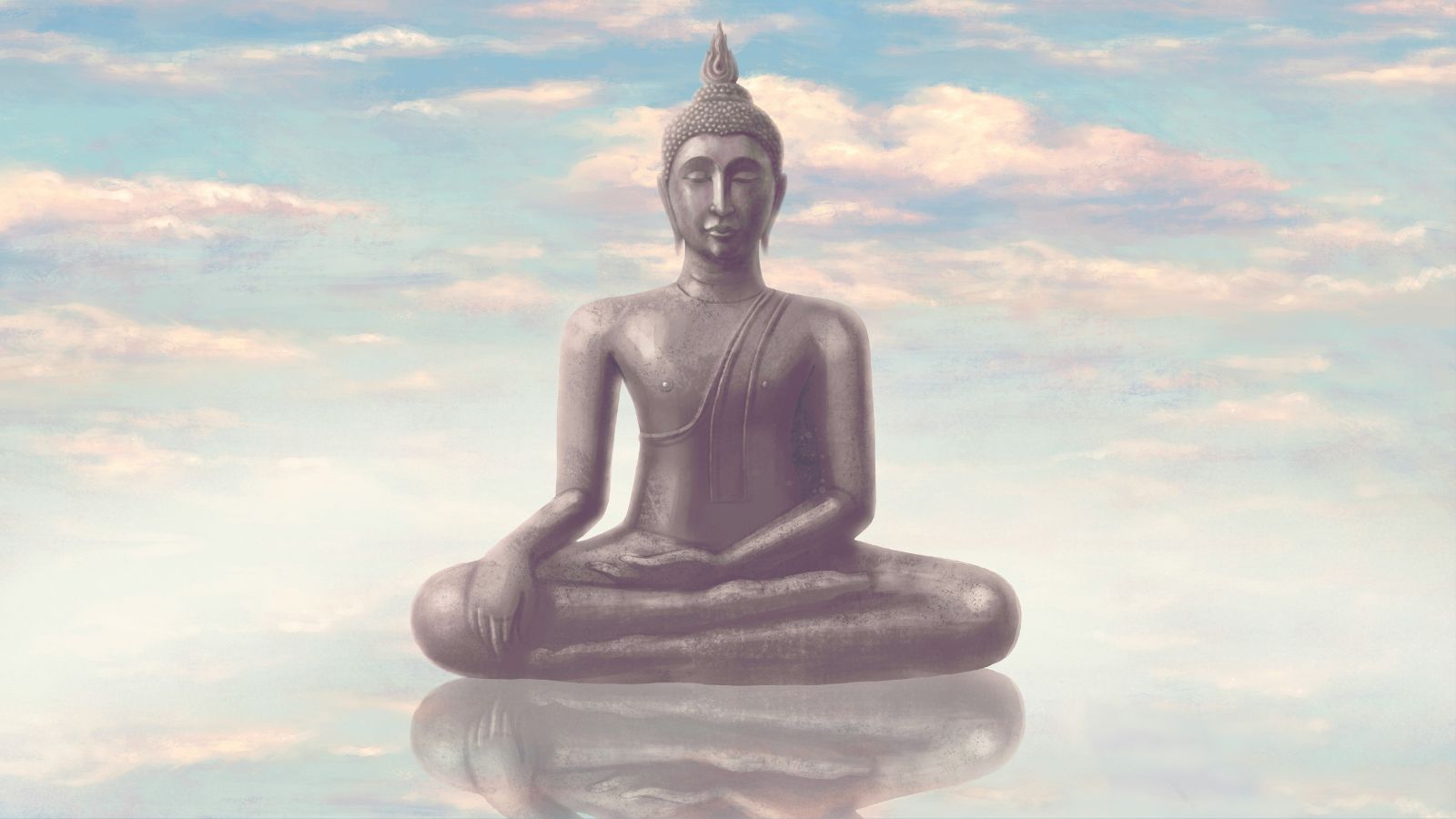
Meditation and the Mind’s Inner Terrain
The second thing I do with people who want to prepare for the use of Tryptamines therapeutically is help them cultivate a meditation practice. There is no better way to prepare people for “dread of ego dissolution” or “visionary restructuralization.” These are two very challenging categories of experience people commonly have under the influence of psychedelics (Aday, 2021). Consequently, they experience anxiety, a sense of disembodiment, and cognitive disorientation after the onset of the psychoactive substance.
Scientifically, the greatest benefit from meditation, in regard to the use of psychedelics, is regulating the function of our amygdala. This is an area of our brain that processes emotions, particularly fear and anxiety. A disciplined meditation practice helps decrease the reactivity of our amygdala, even when we are not meditating (Powell, 2018).
This, in turn, allows our parasympathetic nervous system to function properly, helping our system rebound after exposure to distress, instead of becoming fixed in fight, flight, or freeze responses. Developing agency in this area of our brains is a necessary skill for anyone who wants to work with psychoactive substances like ayahuasca and psilocybin..
Aldous Huxley famously described his experience with Tryptamines as the opening of a reducing valve. He argued that the brain functions, in large part, as a suppressor of information and psychedelics release that suppression, allowing us to experience expanded consciousness (Huxley, 1956). His description is oddly similar to the effects of meditation. It also releases suppression while expanding awareness.
For example, if we sit in silence and focus on our breathing for twenty minutes, we will become aware of sounds we weren’t conscious of before. We will also become aware of mental chatter and physical sensations previously shrouded in unconsciousness. Most importantly, in meditation, we gain a familiarity with the content underneath the suppressing function in our brains. Long before we sit with ayahuasca, or psilocybin, we need to get comfortable with stillness and the material that rises to our consciousness in this state. This is the very material that will likely be amplified in some regard when we ingest a psychoactive substance.
Though working with night dreams and a meditation practice can help prepare people for a psychedelic experience, these practices do not nullify the intensity or unpredictability of psychedelics in any way. These practices don’t determine the shape or trajectory of a journey. Nor do they resolve the mystical nature of these altered states of consciousness.
At best, I think these two practices help people integrate the experiences they have and better accept the nonspecific amplifications with which they are presented. I find that people who are comfortable with the ambiguity of dream consciousness and can tolerate long periods of stillness are less likely to panic during psychedelic experiences; less likely to believe “something is wrong” when they encounter disturbing material, and less likely to experience self-recrimination after ingesting a substance that challenges them.

Practical Tips for Finding Your Practice
Starting a dream journal is a simple way to begin preparing for a psychedelic experience. Simply capturing our psychic formations in complete sentences is a discipline that will help us become familiar with our inner world. The plot scenarios, images, and recurring themes from our dreams are a language we need to learn how to translate.
A very basic translation tool is converting images, especially bizarre images, into open-ended questions. For example, if we dream of an alien encounter, we may ask, “What parts of myself am I alienated from and need to encounter?” or “Who do I feel alienated from in my life?” or “What behaviors do I exhibit that alienate other people?” or “What kinds of places feel alien to me that I would like to encounter?”
In this exercise, we don’t need to be concerned about a right or wrong interpretation. We just need to cultivate an open dialogue with bizarre images, think associatively, and gravitate toward the kinds of questions that are most interesting to us. This is an essential skill required to process meaning from psychedelic experiences.
Regarding meditation, I recommend clients begin a movement practice before embarking on a sitting practice. Most of my clients wake each morning, prepare coffee and sit to drink it. They shower, prepare breakfast, and then sit to eat it. They drive to work, sitting, and then work all day, sitting, and then drive home again, sitting. And wonder why it’s so challenging to sit and “clear” their mind of thoughts!
If we integrate vigorous walking into our daily routine, it’s nice to sit afterward, and experience our nervous system recalibrate and achieve homeostasis. It’s a pleasant experience to exert ourselves, increase our heart rate, and then sit to witness our heart rate recovery to baseline.
Since Tryptamines increase blood pressure suddenly, the onset of a psychedelic experience can be interpreted as a fight or flight response from our nervous system. When we gain experience exerting ourselves, and then sit quietly to recover, we normalize the increases in pressure and volume in our cardiovascular system, and stop perceiving it as a threat.
This is the beginning of cultivating agency over our minds even as our bodies communicate potential threats. As you step into the expansive realms of your psyche, let the lessons learned from the shadows of your dreams and the stillness of meditation guide you through the unpredictable waters of psychedelic exploration.
References
Aday, J. S., Davis, A. K., Mitzkovitz, C. M., Bloesch, E. K., & Davoli, C. C. (2021). Predicting Reactions to Psychedelic Drugs: A Systematic Review of States and Traits Related to Acute Drug Effects. ACS Pharmacology & Translational Science, 4(2), 424–435.
Aixala, M. (2022) Psychedelic integration. Psychotherapy for non-ordinary states of consciousness. Synergetic Press: London, p. 105.
Grof, S. (1970). The use of LSD in psychotherapy. Journal of Psychoactive Drugs, 3 (1), 52-62
Huxley, A. (1956). The doors of perception. Harpercollins: New York, p. 26
Powell, A. (2018). When science meets mindfulness. Harvard Gazette, on-line journal.
